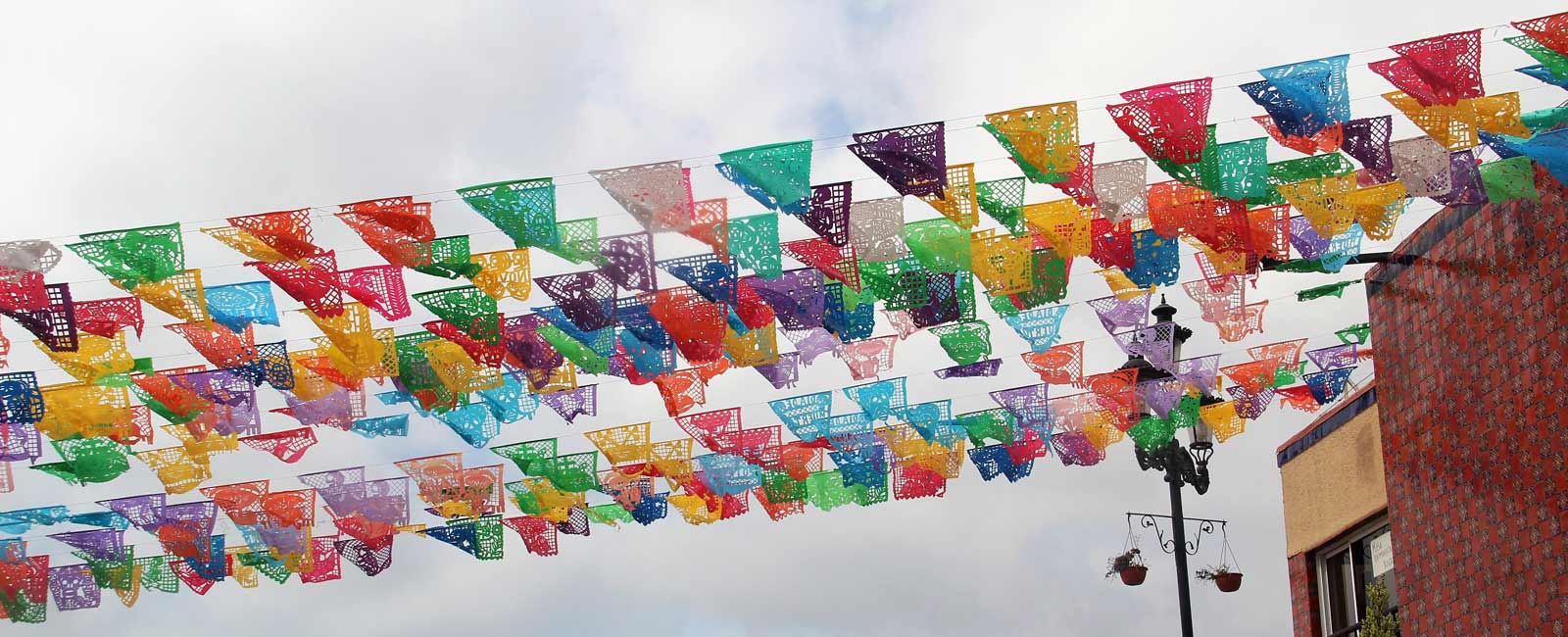
Francis Parker Exploring South East Asia
Monday, Feb. 16: Seeing Phnom Penh
We began our second day in Phnom Penh with a guided tour of the Royal Palace, the home and residence of the current King of Cambodia. As we split into two groups, our respective tour guides walked us through the palace grounds, sharing with us the history of the monarchy in Cambodia.
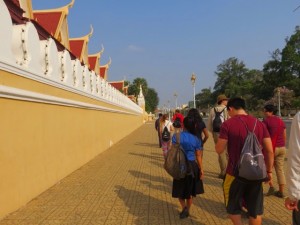
Although the palace was once moved to Oudong, it returned to its current home of Phnom Penh in the middle of the 19th century, and now many tourists come to marvel at its extravagence. The grounds of the palace consist of around 20 buildings, including the Silver Pagoda, which contains a Buddha statue made of solid gold adorned with diamonds and a floor of tiled silver (six tons of it!), along with many other riches.
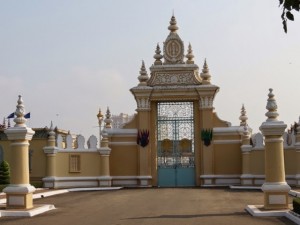
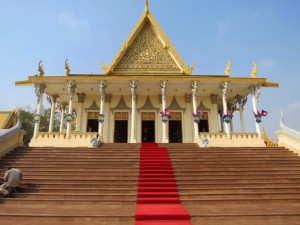
One step outside the palace grounds, and we were immediately swarmed with beggars and young children asking for money and food, who followed us to our tuk-tuks. Coming from an hour-long tour of such opulance, seeing so many impovrished people highlighted the wealth disparity of this urban city. Yet although many are poor and the king is so wealthy, many of these less-fortunate citizens seem to have respect and admiration for their leader and appear unfazed by the wealth of the monarchy. On top of that, the appreciation is even more solidified by the fact that the majority of the proceeds of the palace ticket sales go toward helping the families of the palace workers.
Moving from such a stark exhibition of political Cambodian culture to the ancient Angkorian arts, we visited the Cambodian Living Arts center for the second time for a workshop in their rehersal room. There, we enjoyed demonstrations of various dancing styles, accompanied by music, of some of the dancers we were going to see later that evening. The fact that these young at-risk youths are being taught the arts and aided to a career path in their chosen skills, we were fascinated with the professional level at which they performed. We even tried our hands at some of their simpler moves, attempting to stretch our fingers and elbows (with many of us failing!). We also demonstrated the traditional American dances of the Macarena and the Cupid Shuffle, and helped the CLA participants learn our dances as well.
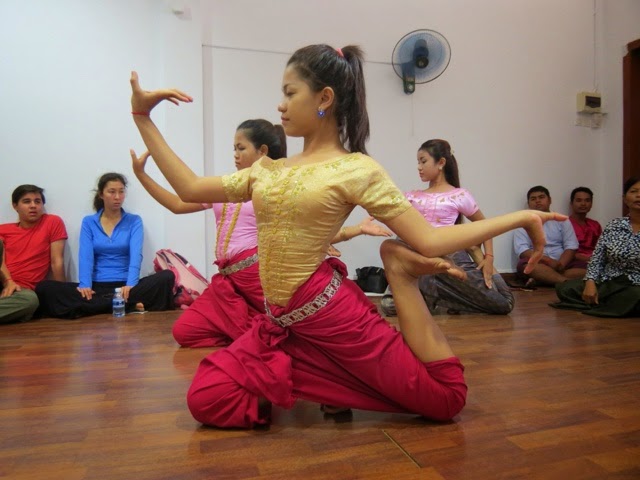
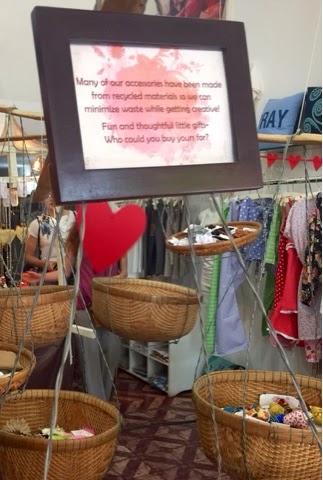
Following our lunch and a short down time, we once again met up with the CLA organization to watch a performance called Plae Pakaa, which showcased many different traditional Cambodian dances. The use of the classic Cambodian and Angkorian dress and musical instruments helped add depth and meaning into the various dances.
During the rule of the Khmer Rouge, many well-known art forms, including some of the dances that were performed for us, were nearly, or completely, destroyed. Being able to witness the revival of some of these once-forgotten traditions was remarkable and highlighted the value and importance of the Cambodian culture. Knowing that the beautiful dances we watched were once almost extinguished gave them a new depth and a new perspective, helping us appreciate the art form on a larger and more historical scale.
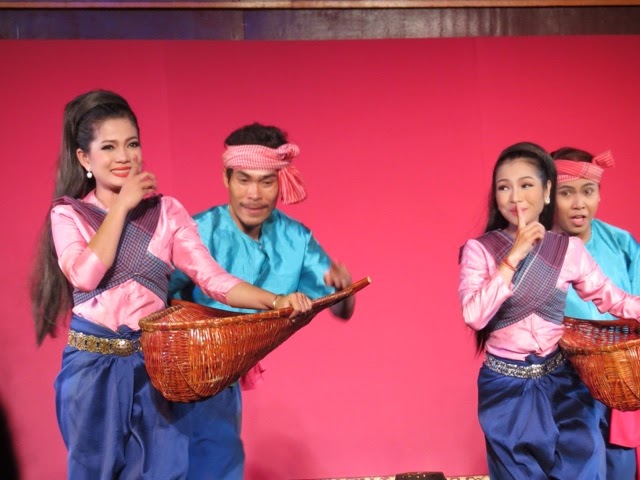
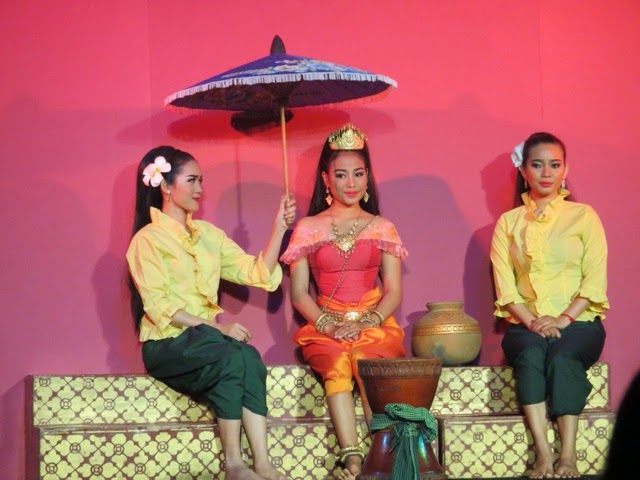
Throughout our whole day, we were able to observe and reflect upon various aspects of Cambodian culture, from the history of the Royal Palace to the beauty of the CLA dances. The behind-the-scenes glimpse we were given to the difficulty behind the Cambodian dances allowed us to appreciate their hard work and dedication even more. We’re excited to continue learning about this rich history and extensive culture during the rest of our stay in Cambodia.
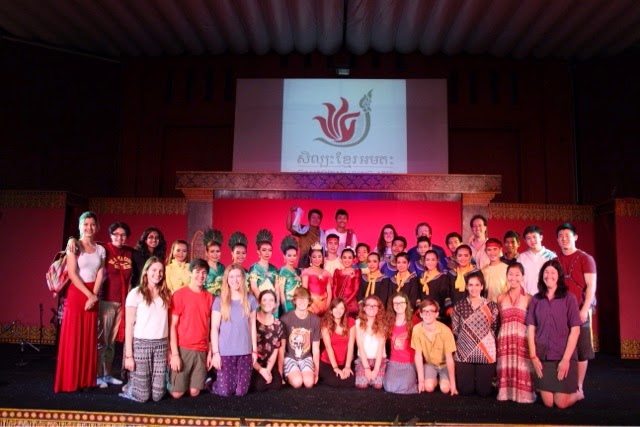
–Emma Moore, Emma Sheean, and Simone Tift
